Nostalgia on Tuesday: Material benefits
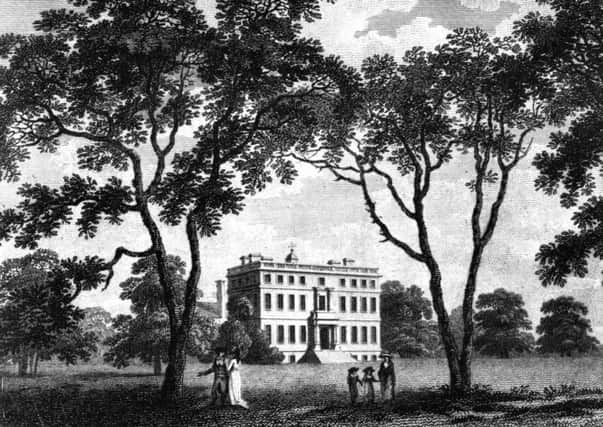

By the end of the First World War, the exploitation of coal had progressed eastwards from Barnsley to the so-called concealed coalfield and resulted in 13 collieries being sunk around Doncaster in once sleepy farming villages. Thousands of houses were built to accommodate the miners who arrived to seek work.
Industrialisation of the town did not end there with more growth in the years leading up to the Second World War. In September 1928, the Leeds Mercury announced a new artificial silk-making factory was to be established by German company J P Bemberg in Doncaster.
Advertisement
Hide AdAdvertisement
Hide AdThe British Bemberg factory was established on land once forming part of the Wheatley Hall estate owned by the Cooke family. Wheatley Hall, a fine Georgian stately home, was demolished during the 1930s. Further industrial expansion took place on the Wheatley estate in due course and included factories occupied by Pilkingtons’ glass.
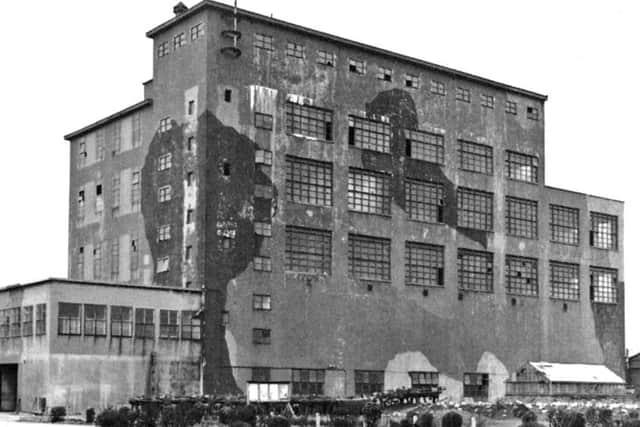

By autumn 1929, British Bemberg was building a chemical plant, spinning rooms and general offices on nearly 80 acres of land.
F J Dannhorn, Bemberg’s general manager, said they were hoping to supply from the Doncaster factory both the weaving and knitting trades of the country, especially in Lancashire and Yorkshire. The firm had many friends among the established textile trades in the North who were using artificial silk in increasing quantities.
At the outset, skilled workers from Germany, who knew the various processes, were engaged in the factory to train the British workers. The intention was that the enterprise should be a British concern under British management, and employing British labour.
Advertisement
Hide AdAdvertisement
Hide AdBefore the factory opened during February 1931, 20 girls and 10 men went to Germany to undergo training in the production of artificial silk. The men were trained mainly for the spinning and partly for the preparation of the material, while the girls, whose ages ranged from 17 to 20, were for the textile department. They all had to pass a medical test, and on their return formed the nucleus of the staff, acting as instructors to the other workers who had been appointed.
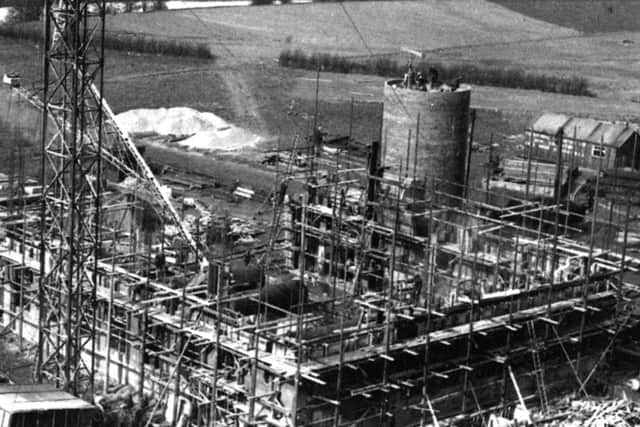

They went to Wuppertal-Barmen, a town of some 400,000 inhabitants in the Rhineland, the centre of extensive manufacturing of ribbons, twine, thread, cotton, trimmings, etc, and which had dye works and calico printing works. The Doncaster party remained in Germany for about six weeks.
Raw materials for the works were sourced from South America and was landed at Hull and then transported by rail to Bemberg’s own siding at Doncaster.
To begin with approximately 11 acres of land from the 77 owned was occupied by the factory and 412 men and 23 women, together with an office staff of about 50 were employed. The factory established its own canteens and its own medical officer. Excellent recreational facilities were provided.
Advertisement
Hide AdAdvertisement
Hide AdBefore Christmas 1933, British Bemberg was employing 1,000 and additional land was acquired to extend the factory.
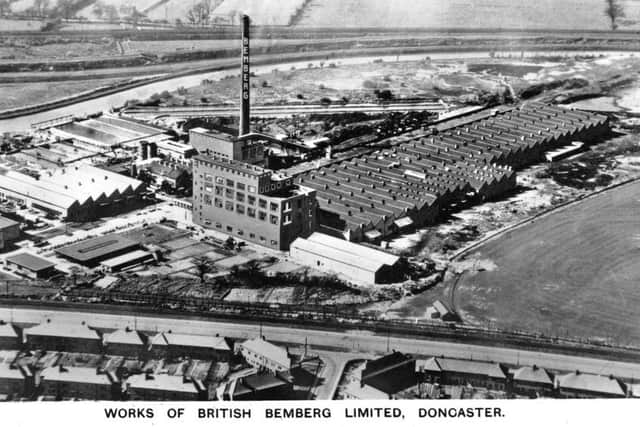

The factory experienced mixed fortunes throughout the remainder of the decade with fluctuating profits, a changing marketplace, a fire, an accidental death, strikes and dismissals all hitting newspaper headlines.
At the outbreak of the Second World War, the German Bemberg management was allegedly given a short period to depart or be interned, the factory then fell under the auspices of enemy property. During the war, the south face of the factory building was camouflaged and remained so until the 1950s.
After the cessation of hostilities the factory changed management and its manufacturing focus. The demand for rayon had fallen by the early 1950s and was being superseded by nylon.
Advertisement
Hide AdAdvertisement
Hide AdIn May 1953 British Bemberg announced it was going into voluntary liquidation, affecting 750 employees. Chairman of the company, K. Huntley, said the decision was due to continued bad trading.
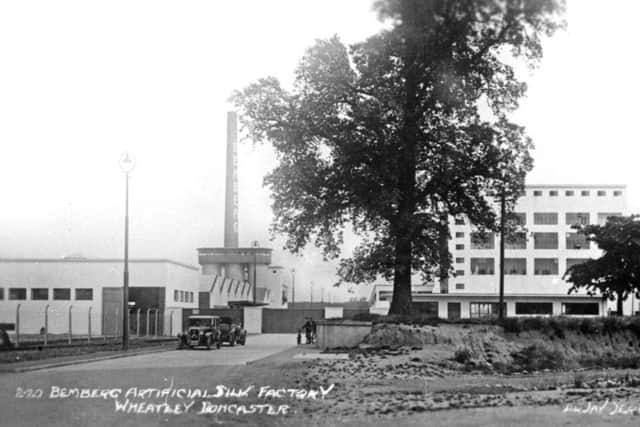

In February 1954, British Nylon Spinners (BNS), a joint subsidiary of ICI and Cautaulds, took control of the Wheatley site. Before this could begin old machinery was replaced, with production starting in June 1955 and finding jobs for around 400. Towards the end of the decade this rose to around 1,700.
A massive site expansion programme to the tune of £1m in July 1955 and in time the Doncaster plant was producing around half the company’s production of nylon yarns and staple fibre.
By 1965, ICI had taken over Courtauld’s share of BNS and from the beginning of 1966 the new company was trading as ICI Fibres Limited. But in the same decade, there were 600 redundancies, the workforce slimming down to 3,500.
Advertisement
Hide AdAdvertisement
Hide AdThe 1970s and 1980s were marked by more redundancies, strikes and new machinery installed. In the following decade Dupont bought the ICI Fibres business and made some investment but this was not enough as the site closed in 1999. It was cleared during the following year and since then another business has taken root.